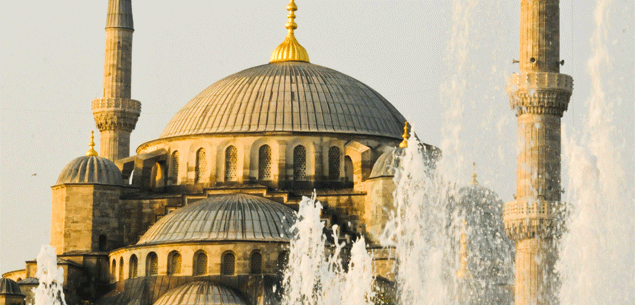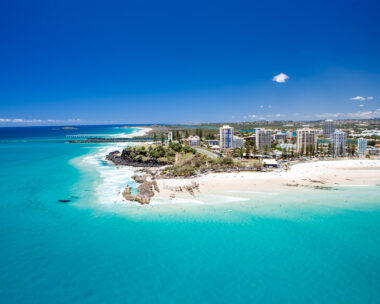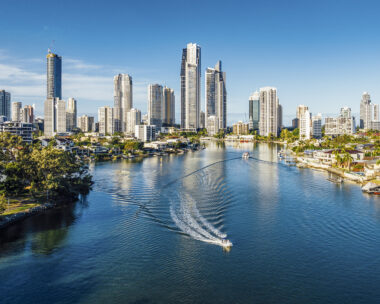Ayasofya, a massive and glorious Byzantine church, is situated on a hilltop above the sea in the heart of old Istanbul. The red brick and pink stone exterior is a jumble of big buttresses, arches, domes, and elegant minarets on four corners.
The interior is a vast space, with an immense central dome and smaller ones around it. Diamond-pane windows allow sunshine in among the shadows.
Gold mosaics glisten and marble columns glow. It’s a gorgeous play of dark and light, of subtlety and majesty, and a celebration of the skills and tenacity of humanity.
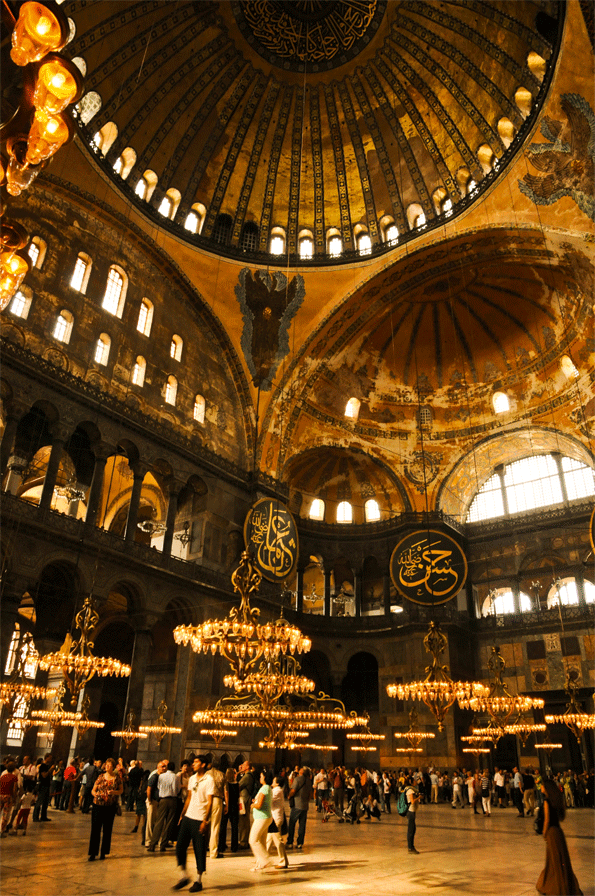
After 15 centuries, Ayasofya is still wowing the world with its beauty.
Built in the 16th century by Emperor Justinian, the “wow” factor still applies 1400 years on. It’s just one of the many magnificent heritage mosques that can be visited for free in Istanbul, outside prayer times. It’s a truly unique destination.
Across the park, the Blue Mosque was built 1000 years later, during the rule of Sultan Ahmed I. Designed to surpass Ayasofya’s architectural glory, it’s taller, has a prettier exterior, and finer minarets. But it’s like comparing a tiger lily with a rose – both are beautiful in completely different ways.
Inside, tens of thousands of tiles with intricate patterns line its walls, and 260 stained-glass windows give an otherworldly ambience. Be aware that women must be modestly dressed and wear a headscarf.
Gardens line the city side of the Golden Horn, a finger of deep water slicing Istanbul in two.
This area is beyond the usual tourist zone, but it’s a great place to see a slice of Turkish life – families strolling, kids kicking balls around, and blokes messing about in little boats. The best time to wander along the embankment is late in the day, when the sun is low.
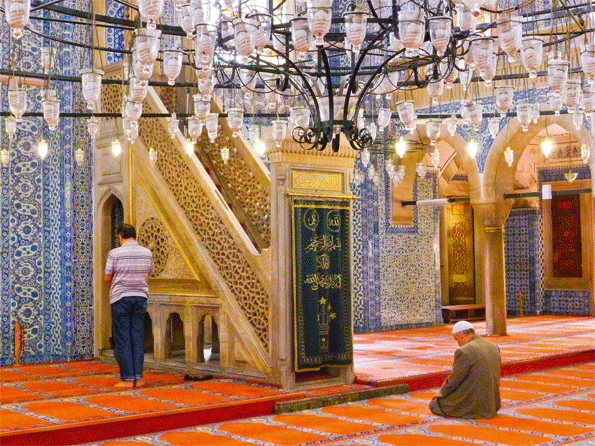
There are many stunning sights in Istanbul, including the Blue Mosque.
The adjoining suburbs of Balat and Fener are worth a look. Old wooden buildings lean on each other, chimneys sticking out of crooked walls.
Motley-coloured cats lie in the sun, children play in the streets, and older ladies doze under pergolas covered in wisteria.
The Galata Bridge, which crosses the Golden Horn and joins the two sides of Istanbul, is chock-a-block. The bridge is two-storeyed – the top of it is a busy road with cars, trucks and cyclists being nudged by trams that rumble back and forth.
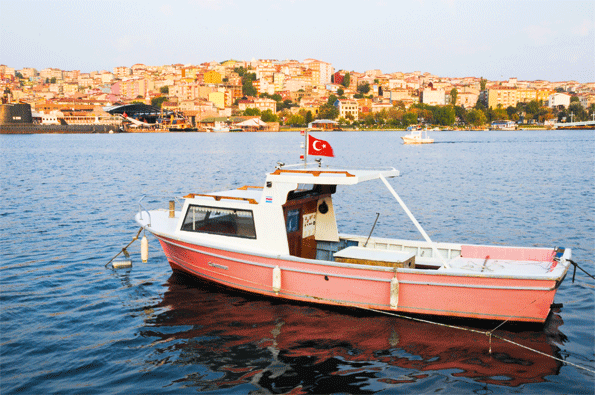
The Golden horn, an inlet dividing the city. Gets its name from the glow cast by the late afternoon sun.
The footpaths on either side are full of pedestrians, and on weekends hundreds of men squeeze together along the balustrades, fishing for small, silver prey, which they haul, wriggling, out of the Horn.
They keep their catch alive, swimming around in buckets, until they take them home and proudly cook the tasty morsels.
Underneath, there are rows of restaurants and bars. Here, above the water, with the city to look at on one side and the busy Bosphorus bristling with boats on the other, we enjoy a mezze (section of small dishes and Efes, a Turkish beer).
The mix of Oriental exotic, Turkish ethnic and European chic make for an amazing shopping experience, but you have to know where to find it all.
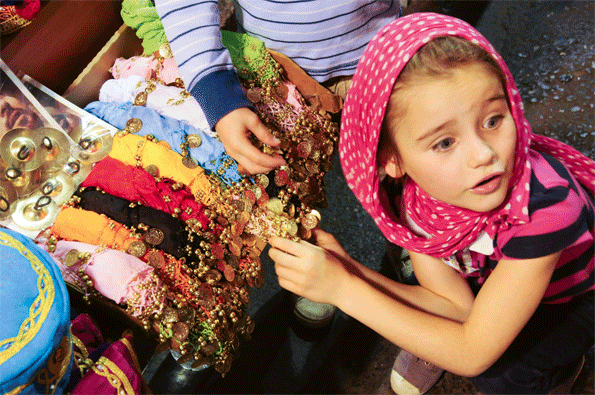
The best place for carpets and Turkish souvenirs is around Sultanahmet, in the heart of the city. You can find a good deal, but getting a bargain takes time. Look around, compare prices, and haggle (this involves drinking lots of cups of tea).
Shopping is exotically atmospheric in the Grand Bazaar and Arasta Bazaar, which specialise in textiles, ceramics, carpets and jewellery – again, bargaining is essential.
Across the Golden Horn, the district of Beyoglu provides modern main-street shopping. You will find many European fashion brands, trendy cafés, art galleries and antique shops.
And if there is any city in the world that makes you wish you had more money and bigger bags, it’s Istanbul.
By Liz Light
